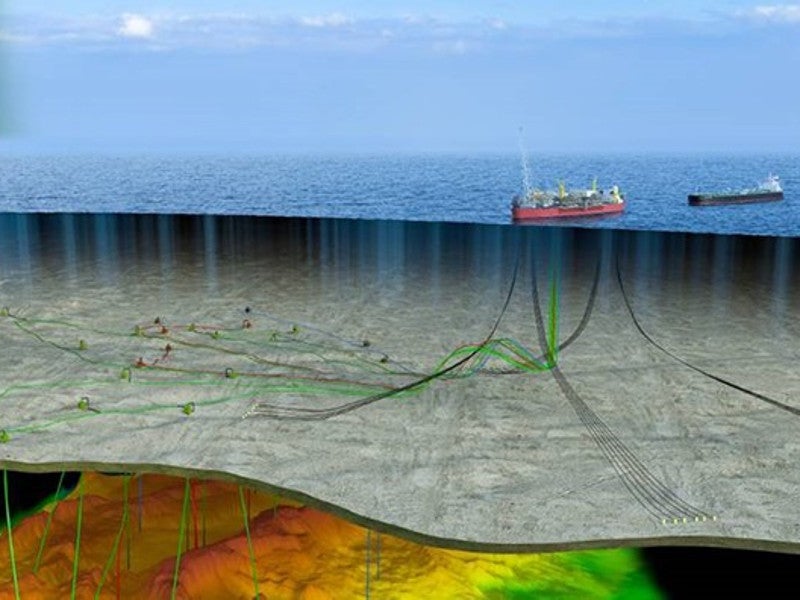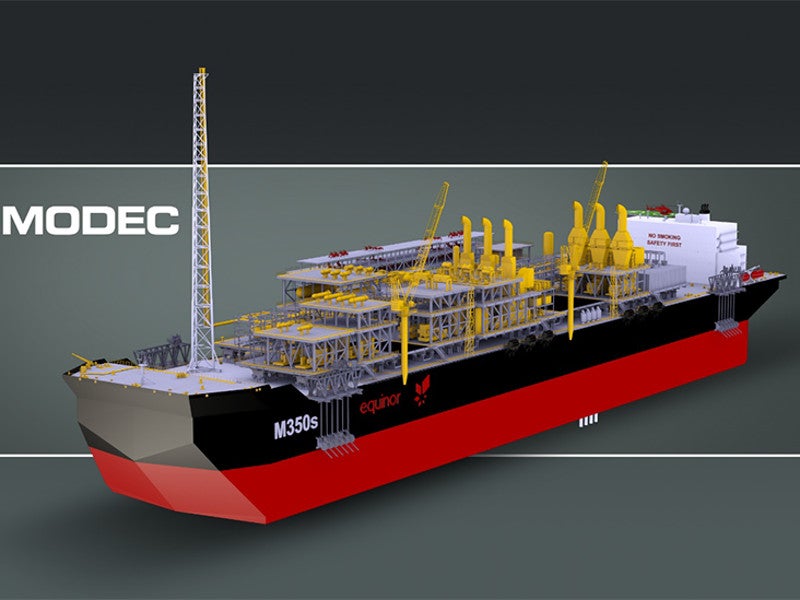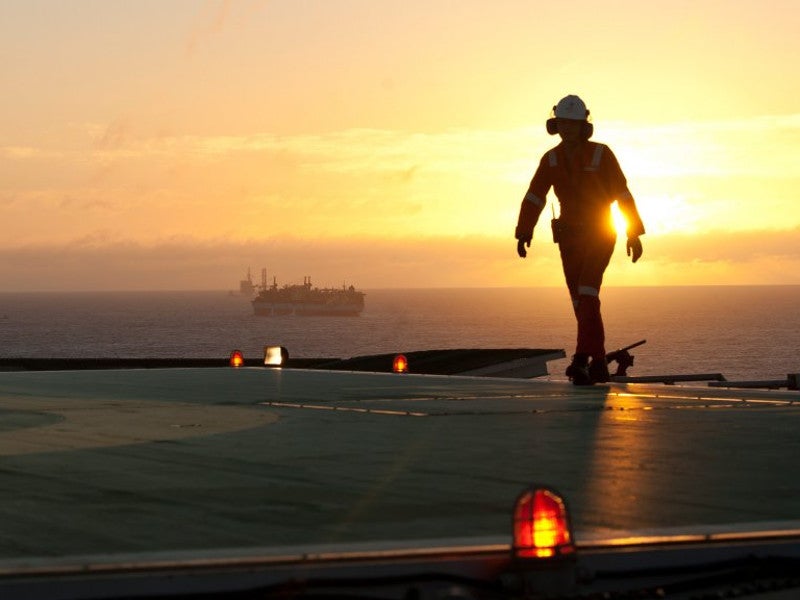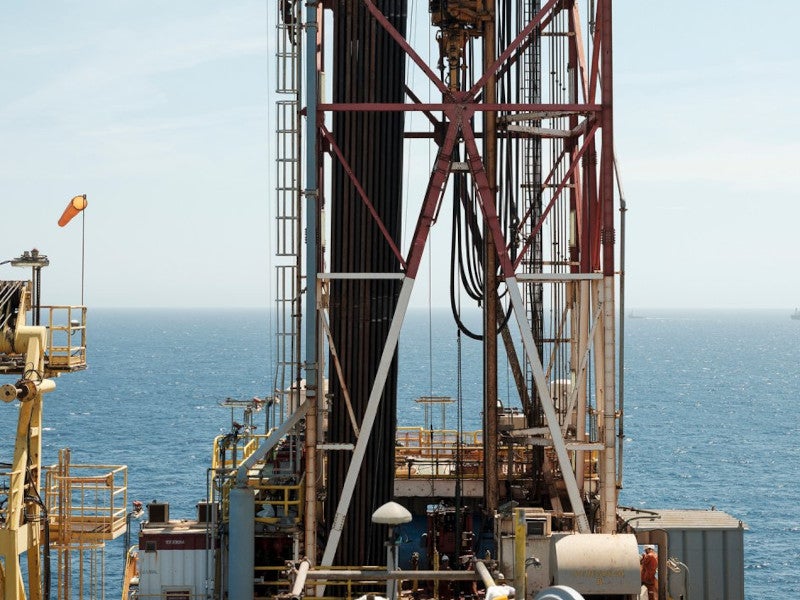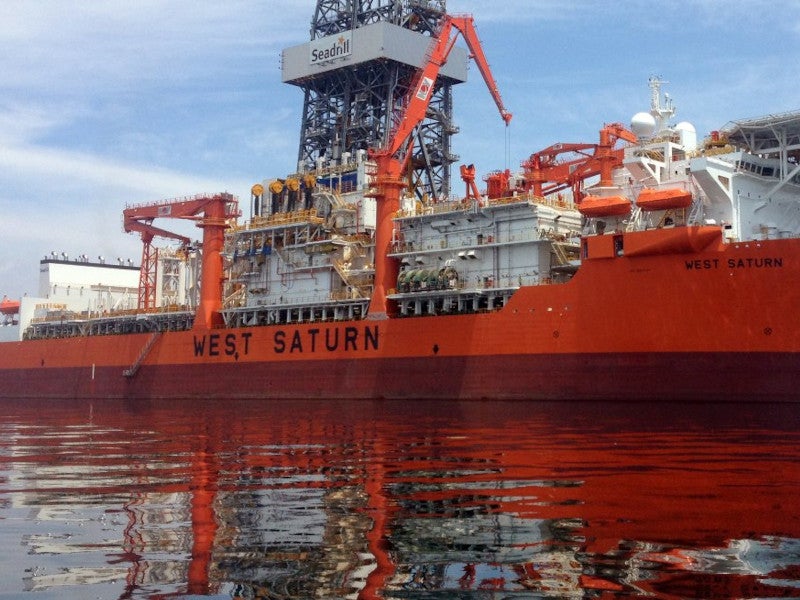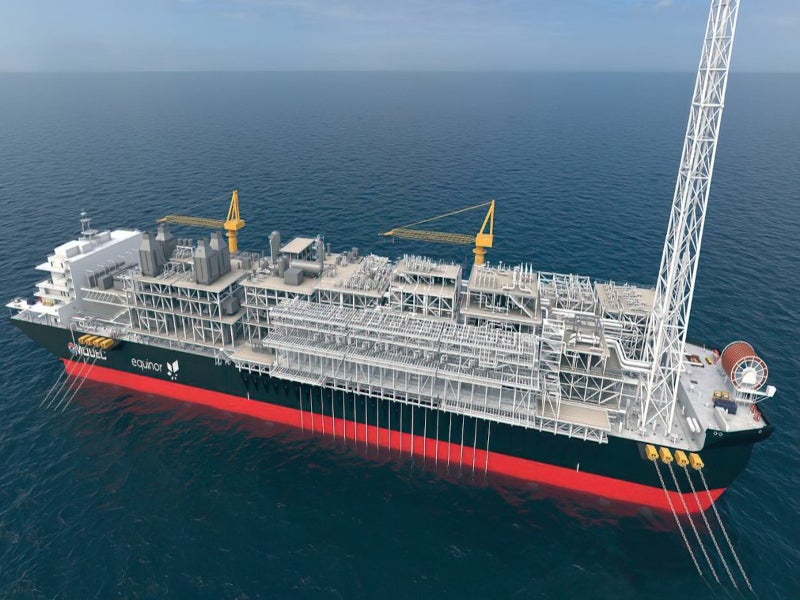The Bacalhau oil field (previously known as Carcara) is located at a water depth of 2,050m, approximately 185km off the coast of Sao Paulo, Brazil.
Jointly owned by Equinor (40%, operator), ExxonMobil (40%) and Petrogal Brasil (20%), the Bacalhau oil field will be the first integrated subsea production system (SPS) with subsea umbilicals, risers and flowlines (SURF) project in Brazil.
The final investment decision (FID) for the development of the project’s phase one, with an estimated investment of $8bn, was taken in June 2021. Estimated recoverable reserves for the first phase of the project are more than one billion barrels of oil.
First oil from the field is expected in 2024.
Bacalhau oil field location
The Bacalhau oil field is located across the BM-S-8 and Bacalhau North blocks in a pre-salt area of Santos Basin, offshore Brazil. The project encompasses the development of the two blocks, which cover a total area of 2,610km².
The field contains high-quality crude oil with low sulphur content and API gravity of approximately 31°. It has estimated recoverable reserves of more than two billion barrels of oil equivalent (Bboe). The BM-S-8 licence area has recoverable volumes between 700 million and 1,300 million boe from Bacalhau as well as additional exploration prospects.
Bacalhau oil field discovery and exploration details
The field was discovered in March 2012 on the same geological trend as the Lula field, near the Libra area. The National Petroleum, Natural Gas and Biofuels Agency (ANP) approved the development plan for the project in March 2021.
The Carcara exploration well 4-SPS-86B was drilled to a water depth of 2,027m and encountered a continuous column of 171m of oil.
New oil samples with 32° API were also collected from reservoirs located at a water depth of 5,910m.
Bacalhau field appraisal
An appraisal well 3-SPS-104DA, also known as Caracara NW, confirmed light oil potential in the field. It was drilled approximately 6km to the north-west of the discovery well. The well was drilled using a managed pressure drilling (MPD)-equipped rig for penetrating the pre-salt reservoirs. Drilled in 2015, the second appraisal well, 3-SPS-105 (Carcara North), successfully proved the extension of the discovery. The well confirmed the presence of a 358m oil column in continuous and interconnected carbonate reservoirs below the salt layer at a depth of 5,820m. Two drill stem tests (DSTs) carried out in Carcara North further established the high productivity of the discovery.
The discovery and appraisal well confirmed gross pays between 318m and 402m of light oil with API 31° and without the contamination of hydrogen sulphide and carbon dioxide. The overpressured reservoirs were found to have the same pressure gradient.
Bacalhau oil field development details
The Bacalhau oil field will be developed in a phased manner through 19 wells, the installation of 130km of flowlines and rigid risers, and 35km of umbilicals.
A new floating production storage and offloading (FPSO) vessel will be deployed at the field to produce oil. It will be permanently moored by a spread mooring system. The drilling of the first six wells for the project will use Seadrill’s West Saturn drillship and begin in 2022.
FPSO details
The new FPSO will measure 364m long, 64m wide and 33m deep. It will feature a designed draft of 22.65m.
MODEC’s M350 hull, a next-generation hull for FPSOs, will be used for the vessel. To be built in China, the vessel will have a full double hull design that will be able to accommodate bigger topsides as well as provide enhanced storage capacity and service life.
The topside modules of the FPSO will weigh approximately 20,000t. The FPSO will have a production capacity of up to 220,000 barrels of crude oil a day. It will produce and inject up to 530 million metric standard cubic feet (Mmscf) of associated gas per day while injecting up to 200,000 barrels of seawater each day to maintain pressure in the formation. The minimum crude oil storage capacity of the FPSO will be two million barrels. The stabilised oil will be transported by shuttle tankers.
Contractors involved
Seadrill received a drilling contract with a duration of four years for the project in April 2021. Drilling and well services contracts worth $455m were awarded to oil services firms Baker Hughes, Halliburton and Schlumberger in November 2020.
MODEC was contracted for the design and construction of the FPSO vessel in January 2020. The company secured the contract after the successful execution of the pre-front end engineering design (Pre-FEED) contract, which was received in December 2018. The mooring system for the FPSO will be supplied by SOFEC, a subsidiary of MODEC Group.
Aibel and MODEC signed a letter of intent (LOI) covering management and basic engineering services for the FEED phase of the vessel. The LOI includes an option for an engineering, procurement and construction (EPC) contract for the topside modules for the FPSO.
Equinor contracted Subsea Integration Alliance, a strategic alliance between Subsea 7 and Schlumberger’s OneSubsea division, to conduct a FEED study on the Bacalhau field.

